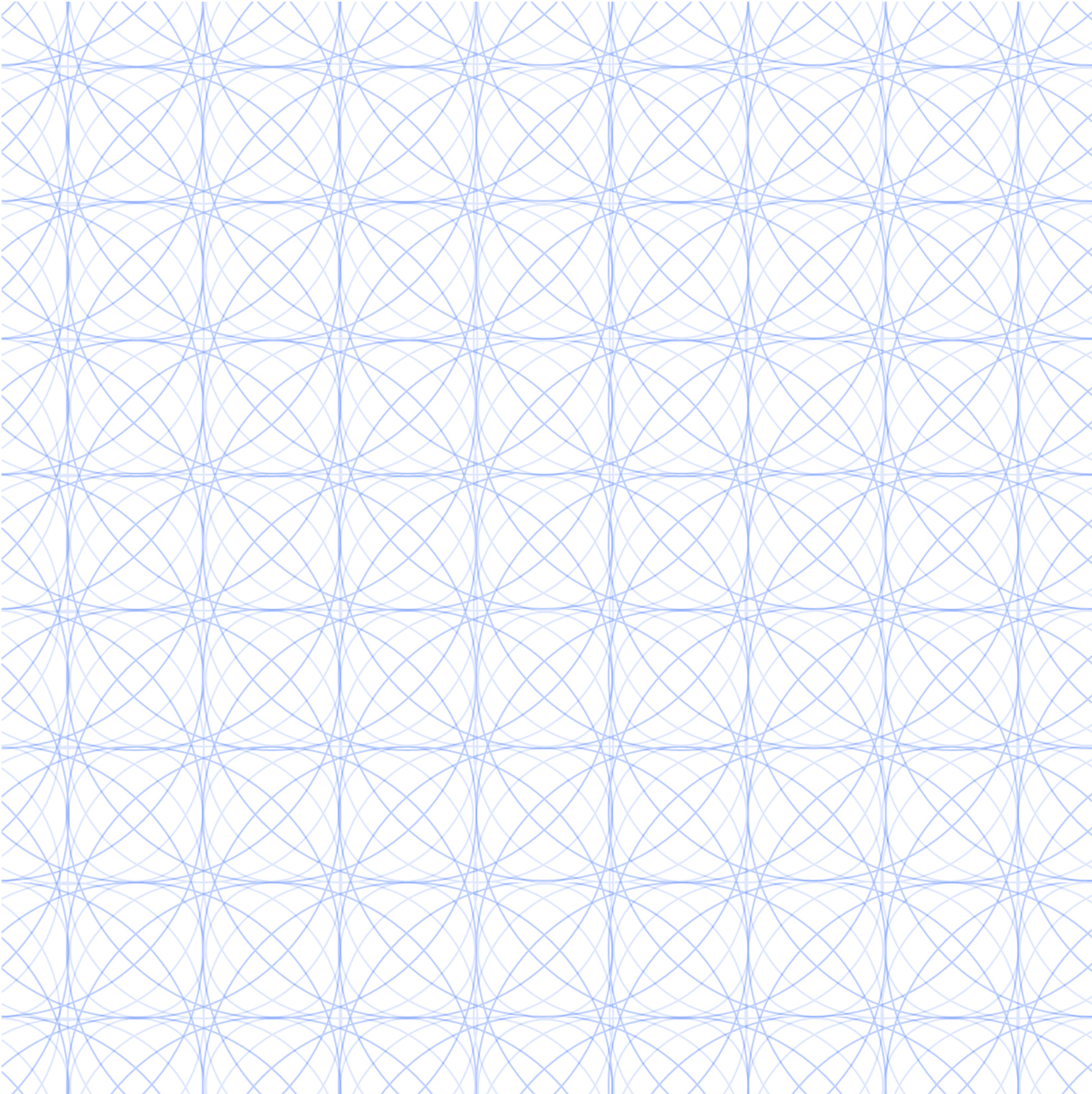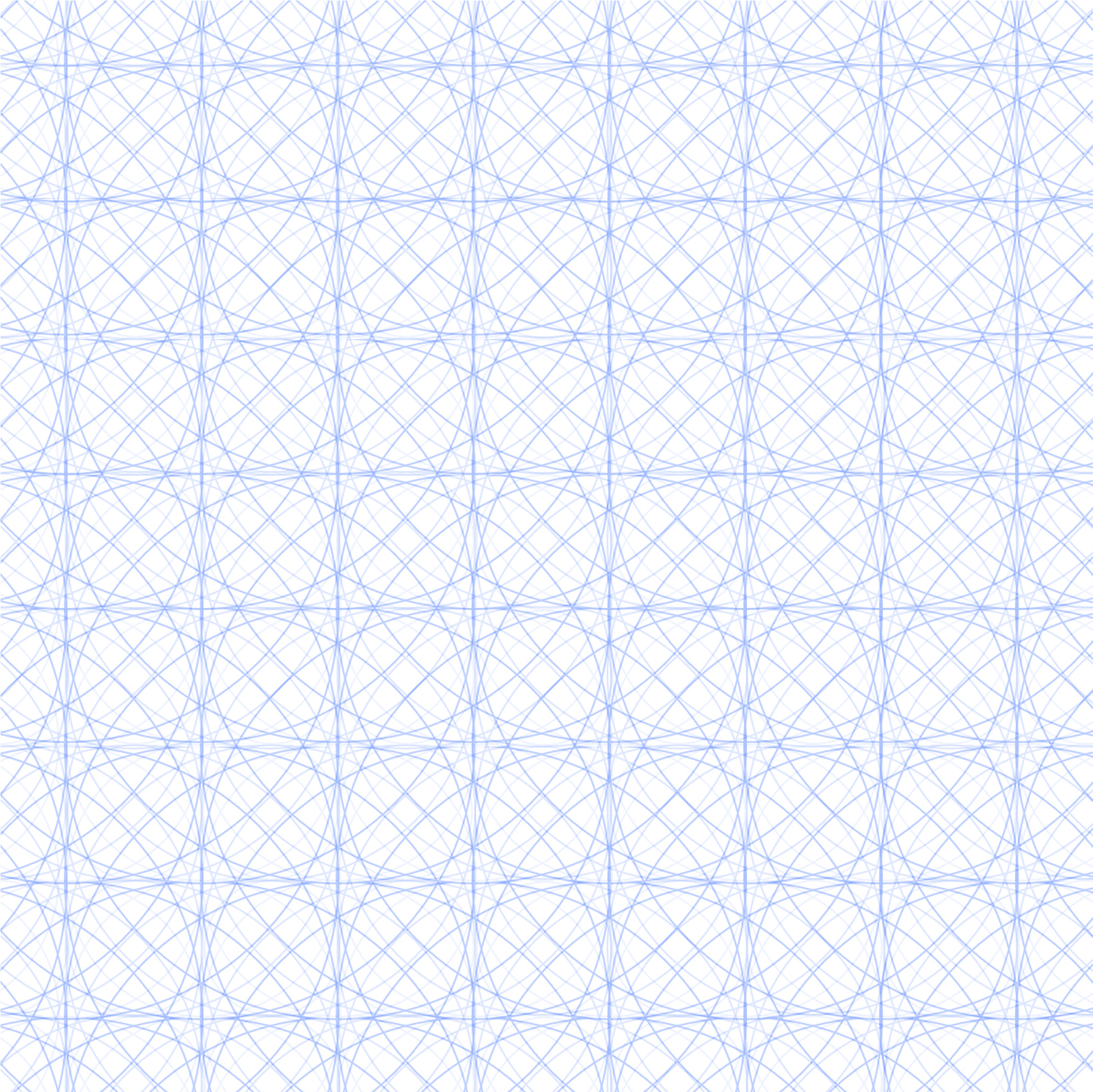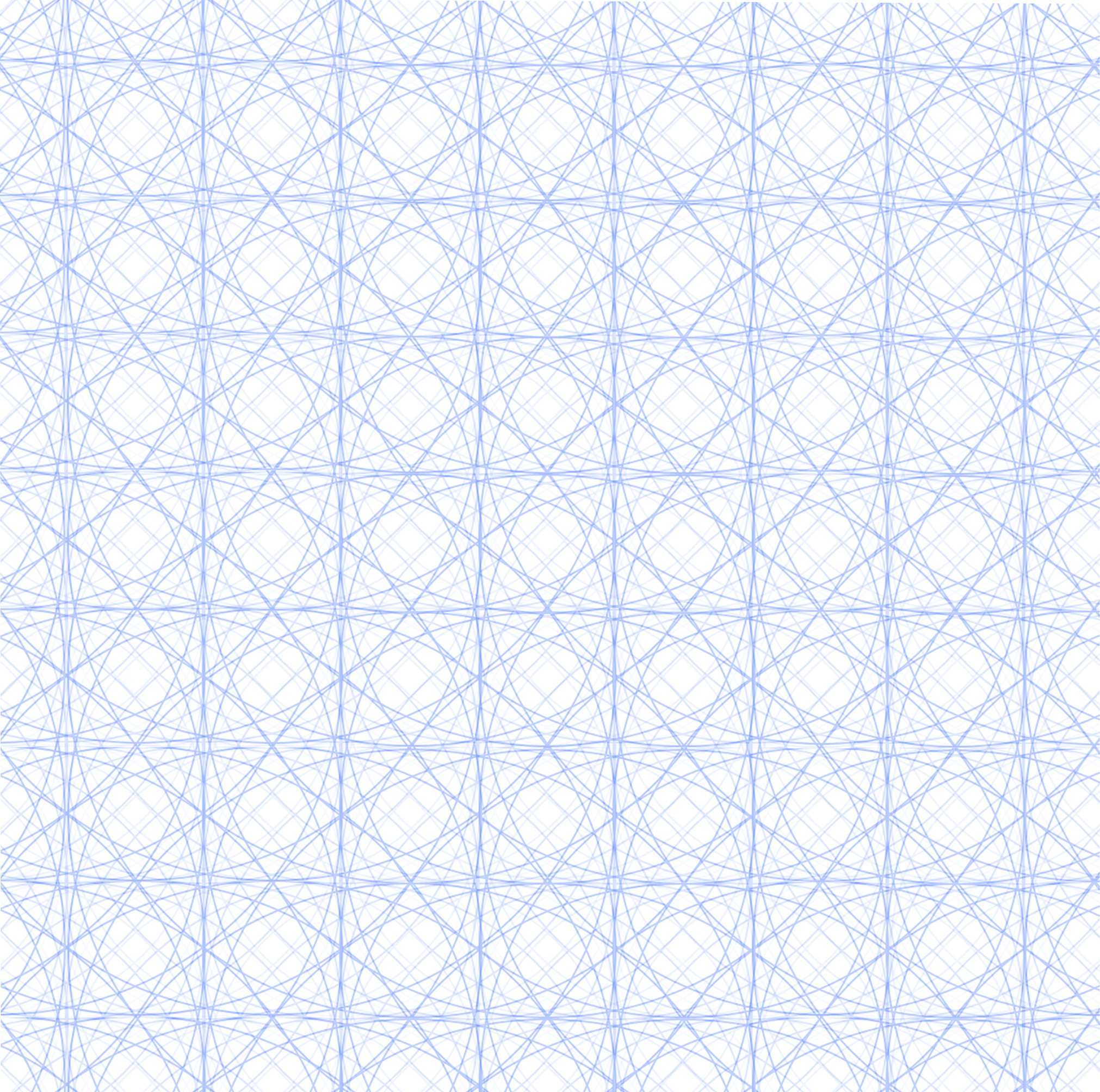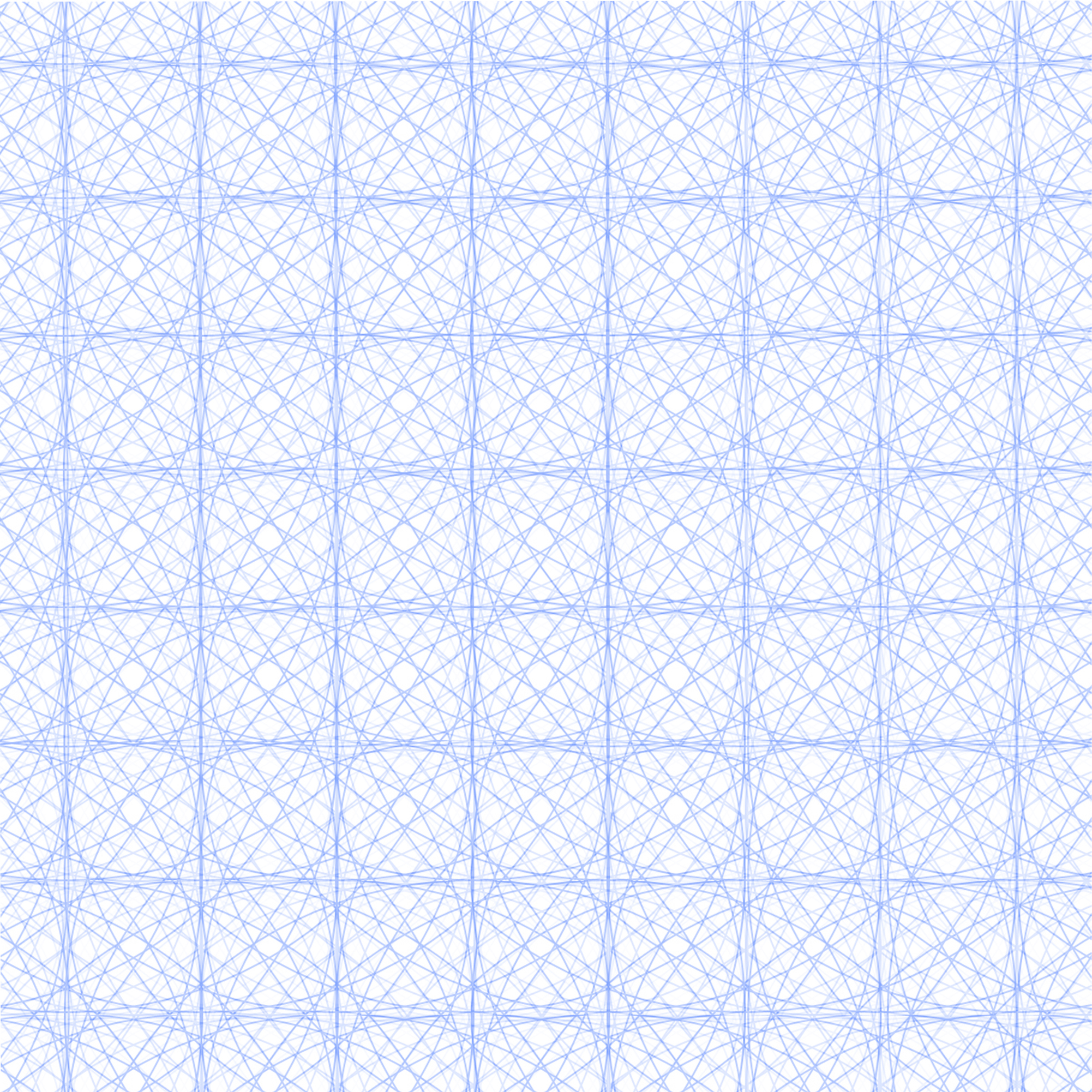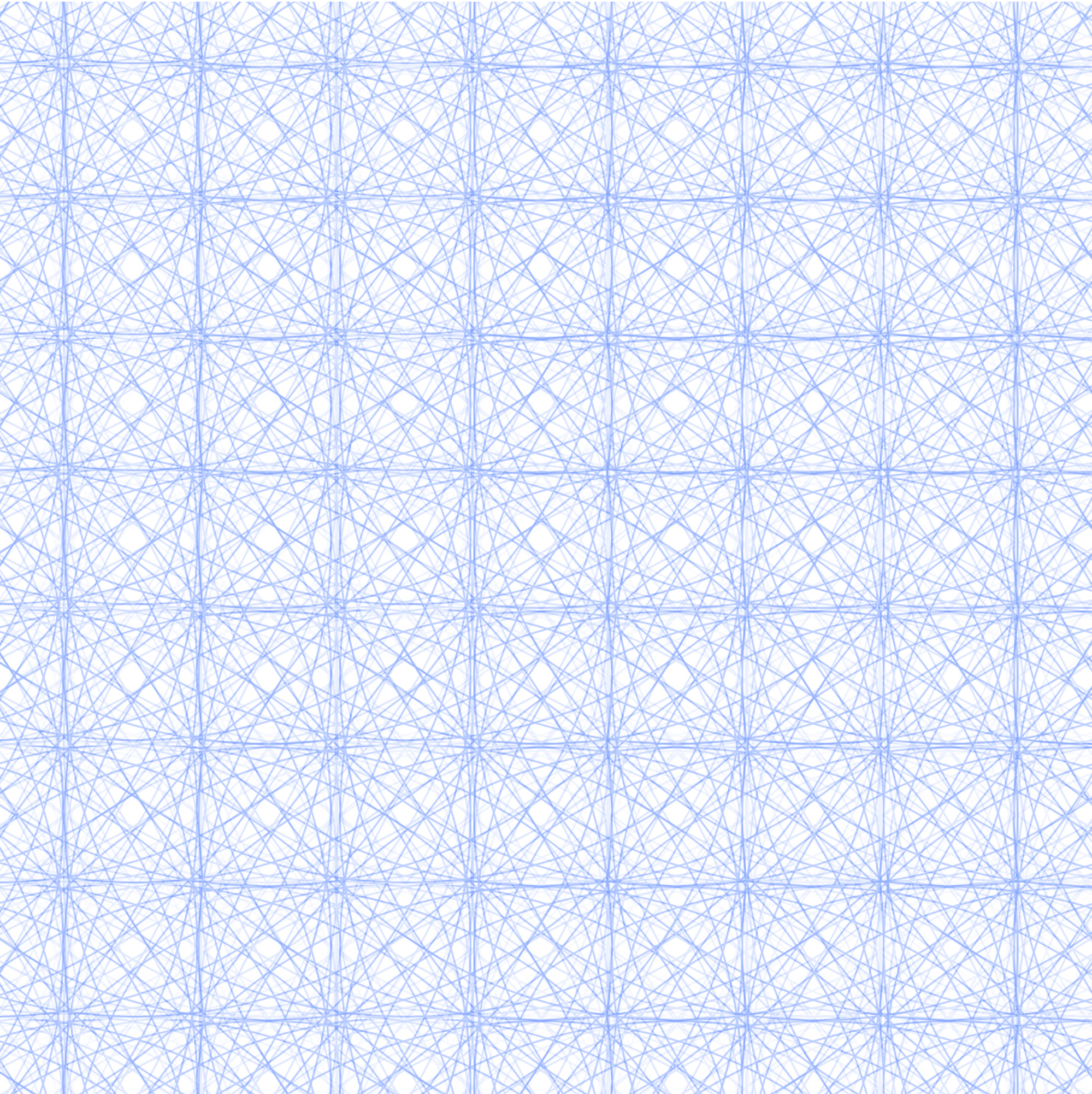[Pencil-eraser-sized, flourless, chocolate cake; hand-crafted aluminum springform pan; wooden cake stand and cover hand-carved by violinmaker Christo Wood, 2010]
J: What kind of cake would you like for your birthday?
B: The world's smallest cake.
J: OK, but what KIND of cake would you like for the smallest cake to be?
B: I don't know. What are my choices?
J: Choose one of each of the following: chocolate or lemon?
B: Chocolate.
J: Cold or warm?
B: Cold.
J: Cream or frosting?
B: Cream.
J: Heavy or light?
B: Heavy.
J: Perfect.
Fast forward three years...
J: What kind of cake would you like for your birthday?
B: The world's smallest cake... only smaller...
[Flourless, chocolate cakes sized 6cm, 3cm and 1cm in diameter; hand-crafted cake boxes and doilies, postcard invitation by Brandon Hinman, 2007]


